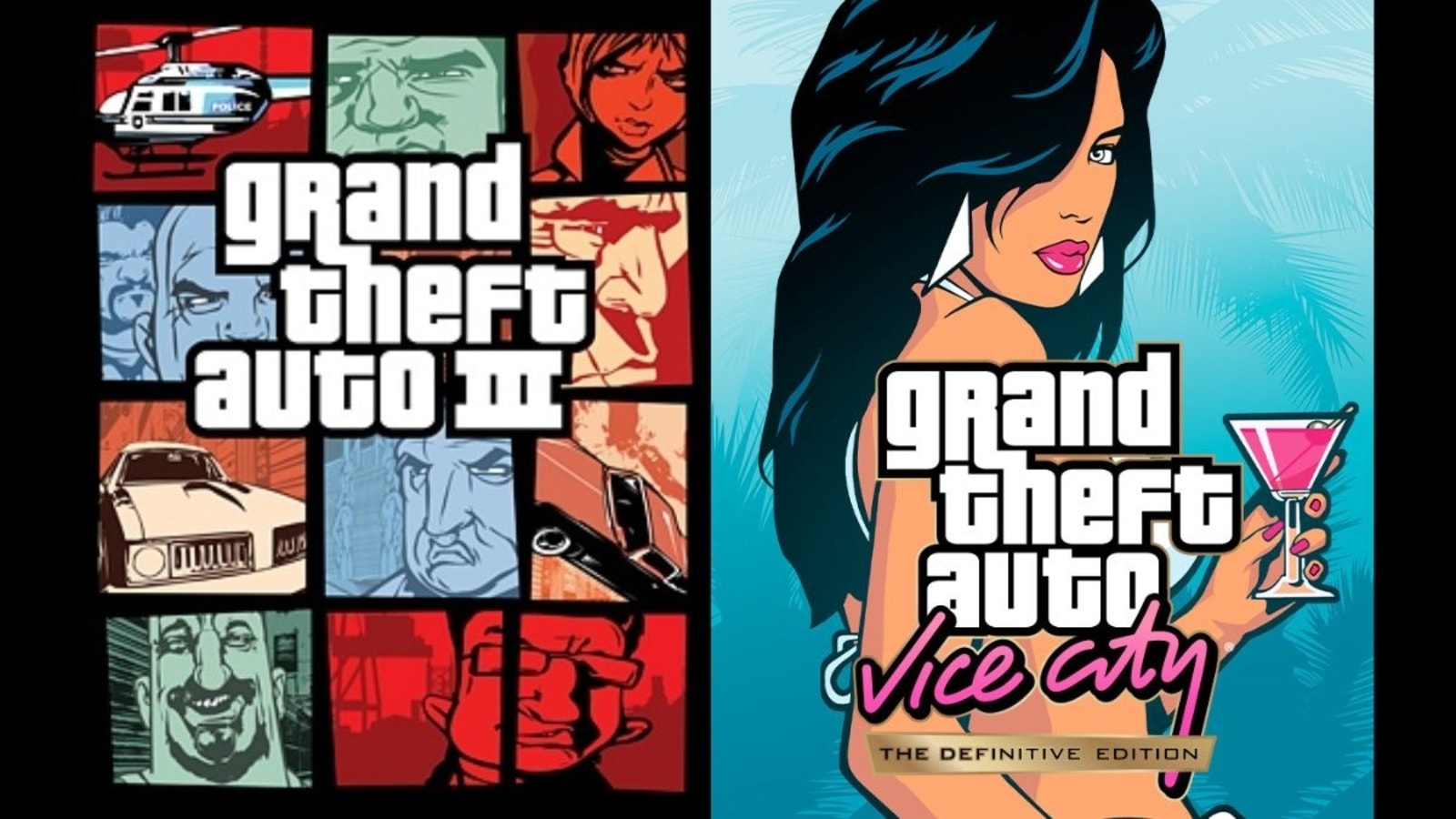Dear readers,
Have you checked to see if your local library has a Library of Things? Many branches do, and it’s a great way to satisfy your insatiable desire to experiment with (for example) a cotton candy machine or a banjo or a telescope. Nothing brightens my day like discovering a hot new item on the shelves. A soil meter … a novelty cake pan … trekking poles … you’re telling me all this can be (temporarily) mine for the cost of “free”?! Yet another reason libraries are sacred and must be defended.
If your branch doesn’t have a Library of Things, perhaps you could suggest a trial run and help get it started. And while you’re there, see if the books below are in stock. As we barrel into the end zone of 2022 I’m recommending a slab of material history and some adulterous fiction.
Wishing you all a safe and mirthful holiday,
—Molly
“The Structures of Everyday Life,” by Fernand Braudel, translated by Miriam Kochan and revised by Sian Reynolds
Nonfiction, 1981 (originally 1967)
Where do table forks come from? When did wallpaper gain popularity? Why did Spanish soldiers of the 17th century scorn beer?*
If you crave answers to such humble questions, you’ll be glad to gallop through Fernand Braudel’s study of everyday behaviors and objects from 1400 to 1799. His book covers the whole world and moves quickly, so if you crave 900 densely-footnoted pages on Cimmerian toboggan lore, you’d better look elsewhere. Me, I enjoy soaring like an eagle above global economic, religious, moral and artistic traditions, and then pursuing whatever details invite closer examination.
Braudel’s project is to evoke contexts, and in writing about the slow rhythms of existence — chairs, paper, locks, money, mail, cigarettes, bread — he creates photographic images of life in long-ago Mexico or Istanbul or Paris. This book is, incidentally, a solid option if you wish to adhere to a strict budget in 2023 because it will devour at least three months of reading time.
*1) Forks come from Venice. 2) Wallpaper gained popularity in the 1700s as a cheap alternative to woven tapestries. 3) Then as now, wine drinkers tended to turn up their noses at beer; one Spanish soldier claimed that beer “always looks to me like the urine of a sick horse.”
Read if you like: Ariel and Will Durant, the painter Jan Steen, metallurgy, dioramas, illustrations of trade routes
Available from: Check your library or used bookstore of choice
“According to Mark,” by Penelope Lively
Fiction, 1984
When an author fixation strikes I like to go back to the person’s first book and march forward in strict chronological order. This results in a warm feeling of intimacy as I pick up on their evolution as a writer, especially if I’m lucky enough to stumble upon a charming weakness — like a self-plagiarized joke or a suggestively repetitious i
I broke the chronological rule with Lively because I couldn’t resist “According to Mark,” a novel with a title so bland that the plot had to be scintillating. Lively is the type of writer to take a vague biblical reference and make it extra juicy. And indeed the plot scintillates. The titular Mark is in the prime of his midlife crisis when he meets a gardener named Carrie and plunges into a ruinous love triangle (the other vertex of the triangle being his wife). Carrie has a blithe personality, crazy hair and strong feelings about dwarf conifers. She is also the granddaughter of a minor celebrity whom Mark, a biographer, is researching. Lotta plot in this one, but not too much. Just the right amount.
Read if you like: Melodramatic weather, Barbara Pym, Elizabeth von Arnim, puttering, harboring secrets, arranging flowers
Available from: Check your library or used bookstore of choice
Why don’t you …
-
Pour yourself a glass of vino, crack open Mario Puzo’s “The Godfather” (even if you’ve already seen the movie) and BITE YOUR FIST in awe at the addictive velocity and tawdriness of the prose?
-
Consider the meaning of a face with the late great Lucy Grealy? You’ll never look in a MIRROR the same way.
-
Voyage to the North Shore of Oahu with a gleefully deranged ETHNOGRAPHY OF SURFERS? Wipe your feet at the door, know your place in the lineup and always yield to locals. Mahalo.
Thank you for being a subscriber
Plunge further into books at The New York Times or reviews by Molly Young.
If you’re enjoying what you’re reading, please consider recommending it to others. They can sign up here. Browse all of our subscriber-only newsletters here.
Friendly reminder: check your local library for books! Many libraries allow you to reserve copies online. Send newsletter feedback to RLTW@nytimes.com.
























